To operate the Blended Learning Center(BLC) at optimal level, maintenance will be performed every day at 8:30 AM and at 5:00 PM regularly which can take up to 30 minutes. Please consider scheduling your activity in the BLC platform accordingly.
Sorry, this activity is currently hidden
Topic outline
- Welcome To Basic Anatomy Course
Welcome To Basic Anatomy Course
- Quiz-3
- Introduction to Basic Anatomy

Introduction to Basic Anatomy
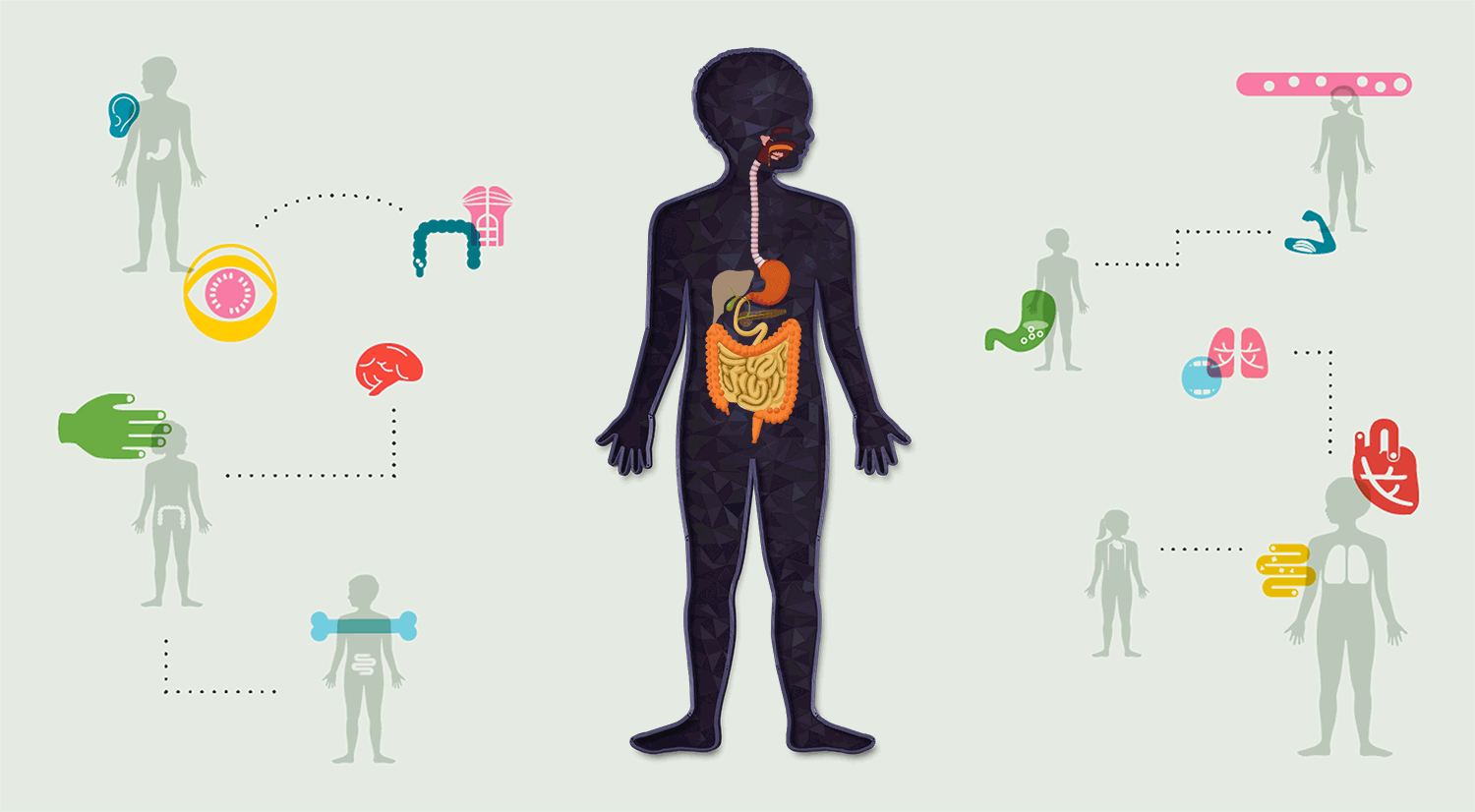
Course name: Basic Anatomy
Course code: BPH 113
Program: Bachelor of Pharmacy (B.Pharm)
Course level: B. Pharm Undergraduate Year 1
Credit: 3
Duration: 6 months
Credit hour: 3 hrs/Week
Course Category: Core Course
Semester: Fall 2022
COURSE SUMMARY:
This course provides a basic
study of the structure and function of the human body. The course is meant to
give insight into how the overall body is structured and how to simplify the
various key structures that make up the human body. The course covers the
basics anatomical terminology, basic biochemistry, cells and tissues, and the
integumentary, skeletal, muscular, nervous, endocrine, cardiovascular,
lymphatic/immune, respiratory, digestive, urinary, and reproductive systems.
LEARNING OBJECTIVES:
- Describe basic structural
and functional features of the major organ systems within the human body.
- Define basic biological processes
essential for the maintenance of homeostasis.
- Correlate specific structural features of
human cells, tissues, organs, and systems of the human body with their normal
functions, and identify the changes that occur during human development, aging,
and disease.
- Work in teams to apply their knowledge to
investigate clinical scenarios and debate current topics in scientific research.
- Develop research skills including critical
analysis, interpretation, synthesis, and communication of scientific data.
- Develop and display the motivation
necessary for ongoing independent learning.
LEARNING OUTCOMES:
- After completing this course, students will be
able to:
- Describe the structure and function
of various human organs and systems
- Explain how human organs and
systems interact
- Describe the relationship between
and processes related to nutrition and metabolism
- Recognize the stages of growth and
development
- Course Teacher
- Reference Books and materials
Reference Books and materials
1. Gray's Anatomy- Spalding Gray, (International students edition), published by Churchill Livingstone.
2. Atlas of Human Anatomy by Frank H. Netter
3. Atlas of Human Anatomy (Quick study Books)by Vincent Perez
4. Text Book of Human Anatomy Volume-1,2,3by Dr. B. K. Tandon
5. Clinically Oriented Anatomy- SI Moore, Dalley
6. Human Anatomy-1,2,3,4 By Datta
Mahmud's Hand note on Anatomy & Physiology
Atlas of Human Anatomy
- Assessment Section
- Unit 1: (Introduction to Basic Anatomy)
Unit 1: (Introduction to Basic Anatomy)

In this section, student will learn about the history of anatomy, types of anatomy, components that made an organism, composition and functions of different organ systems, anatomical terminologies such as anatomical section and plane & relative and directional term of the body etc.
 Did you understand all topics of this lecture?
Did you understand all topics of this lecture?
- Unit 2 (Neonatal growth and anatomy)
Unit 2 (Neonatal growth and anatomy)

In this section, student will be able to describe both neonatal and adult blood circulation. They will also able to make the comparison between these two circulation processes.
- Chapter 3 (Integumentary System)
Chapter 3 (Integumentary System)
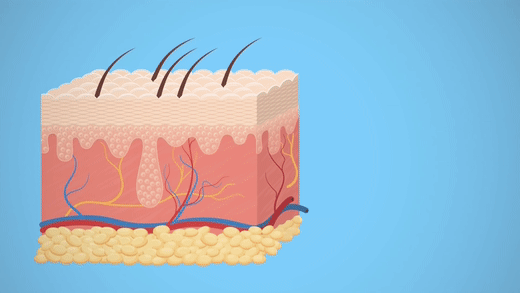
In this section, student will get an overview on the Integumentary system. They will understand the anatomy and functions of the skin also get an idea about different layers of skin such as epidermis, dermis, and hypodermis. They will also learn the skin appendages and disorders of the skin.
- Chapter 4 (Skeletal System)
Chapter 4 (Skeletal System)
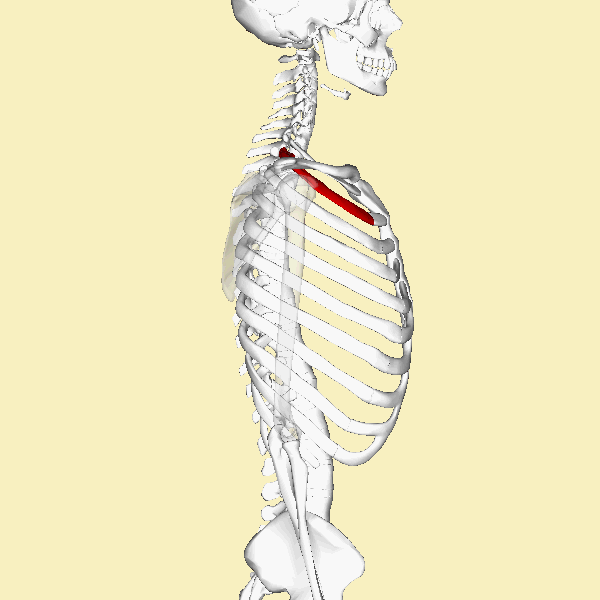
In this section, the student will have an overview of the human Skeletal system. They will be able to describe the functions and part of the skeletal system also the number and names of 206 bones of human skeleton. They will also be able to diagrammatically represent different bones and joints of the skeleton.
- (Chapter 5) Alimentary System
(Chapter 5) Alimentary System

In this section, the students will get the idea about parts, layers and functions of the alimentary system. They will also have the understanding of the teeth, salivary glands, tongue, stomach, intestine, liver, bile, biliary tract, gallbladder, gallstone etc.
Explain your today's understanding
- Review Class for midterm Exam
Review Class for midterm Exam
If you have any confusion, quarries or difficulties regarding the course content of Midterm Exam please let's discuss here.
- Chapter 6 (Muscular System)
Chapter 6 (Muscular System)

In this section, the students will learn about different types of the muscle of the human body.
- Chapter 7 (Respiratory System)
Chapter 7 (Respiratory System)
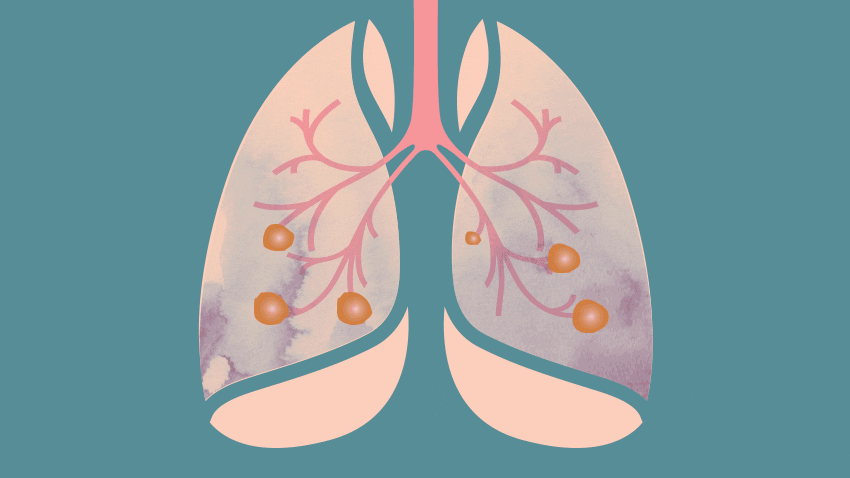
In this section, the students will have the understanding of the respiration process and organs involved in respiration. They will also learn the gas exchange mechanism.
- Chapter 8 (Urinary System)
Chapter 8 (Urinary System)

In this section, the students will learn about the parts, structure and functions of the urinary system. They will also know the functional and structural unit of the urinary system called kidney and urine formation process
- Chapter 9 (Endocrine System)
Chapter 9 (Endocrine System)

In this section, the students will have a clear understanding of the hormonal system in the human body, different types of hormones and their functions and regulation inside the body.
- Chapter 10 (Reproductive System)
Chapter 10 (Reproductive System)
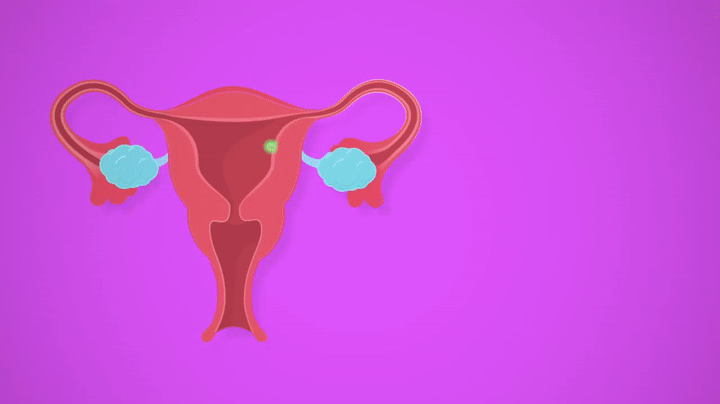
In this section, the students will know about both male and female reproductive system.
PPT of Reproductive System
- Course Reflection
- Assignment
This topic
- Presentation
- Discuss your problem regarding final examination
Discuss your problem regarding final examination
Discuss your problem regarding final examination